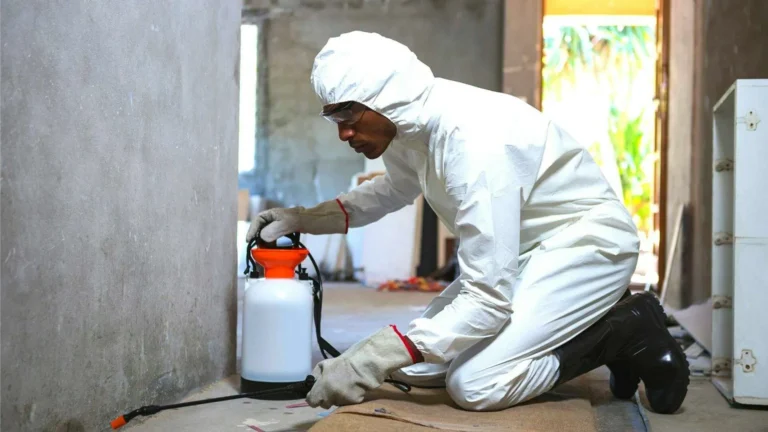Warli the geometrical tribal art
Introduction
Warli painting is a captivating art form boasting a rich history and cultural significance. It is a unique expression of the Warli tribe, an indigenous community residing in the mountainous and coastal areas bordering Maharashtra and Gujarat in India. This tribal art form, estimated to be over 3,000 years old, transcends mere aesthetics. It serves as a window into the soul of the Warli people, their way of life, and their deep reverence for nature. Delving into the world of Warli paintings allows us to appreciate the enduring legacy of tribal art forms and their invaluable contribution to India’s cultural heritage.
The Rich History and Cultural Significance of Warli Painting
The origins of Warli painting can be traced back to the Neolithic period, flourishing along the Maharashtra-Gujarat border. These paintings were traditionally created by the Adivasi tribes, the indigenous inhabitants of India. The Adivasis, including the Warli people, have played a crucial role in developing and preserving this unique artistic tradition for generations. Warli paintings adorned the mud walls of their dwellings, serving as a visual narrative that documented their history, customs, and beliefs. These artworks transcended mere decoration, evolving into a powerful medium for cultural transmission and a celebration of their unique identity.
Techniques, Materials, and Symbolism in Warli Painting
Warli paintings are instantly recognizable for their distinctive artistic techniques and focus on geometric shapes and patterns. Artists traditionally use a limited color palette, primarily relying on white pigment made from a simple mixture of rice flour and water. This white paint is applied onto a red earthen background, creating a stark contrast that accentuates the intricate geometric forms. Handmade paper often serves as the canvas for these artworks, adding a touch of rustic charm and reflecting the sustainable practices of the Warli community.
Key Elements in Warli Paintings
The seemingly simple geometric shapes used in Warli paintings hold profound symbolic meanings. Circles, a recurring motif, represent the sun and the moon, celestial bodies that govern the natural world. Triangles symbolize the lush mountains and towering trees that dominate the Warli landscape. Squares, on the other hand, depict human-made structures like houses and fields, signifying the relationship between the Warli people and their environment. By skillfully combining these basic shapes, Warli artists create a compelling visual language that speaks volumes about their worldview.
Subject Matters in Warli Artworks
Human figures are a prominent feature in Warli paintings, often depicted in a simplistic yet expressive style. These figures portray various aspects of daily life, such as hunting, farming, and social interactions. Animals like peacocks, deer, and fish also grace the canvas, reflecting the abundance of wildlife in the Warli habitat. Houses, another recurring subject, represent not just shelter but also the concept of community and togetherness that is central to Warli culture.
Themes Depicted in Warli Painting
Thematic exploration in Warli paintings revolves around the deep connection between the Warli people and nature. Farming, their primary livelihood, is a central theme depicted through images of sowing seeds, harvesting crops, and celebrating bountiful yields. Trees and forests, represented by triangular shapes, symbolize the life-giving power of nature and its vital role in sustaining the Warli community. Hunting and fishing scenes showcase the traditional methods employed by the Warli people to procure food and illustrate their respect for the animal kingdom.
The Ritualistic and Festive Dimensions of Warli Art
Warli art transcends the realm of mere decoration, extending into the sacred realm of rituals and festivities. Motifs like Devchauk, a complex square structure, and Lagnachauk, a rectangular enclosure, hold significant meaning in Warli rituals. These intricate geometric patterns are often incorporated into ceremonial art, serving as symbolic representations of the divine and the sacred. Vibrant festivals and celebratory dances also find expression in Warli paintings, reflecting the joy and spirit of community that are integral aspects of Warli culture.
Warli Painting: Preservation Through Adaptation and Contemporary Relevance
In recent decades, Warli painting has transcended the confines of village walls and found its place in contemporary art galleries. Warli artists are now exploring new mediums and styles, adapting their traditional art form to suit modern contexts. This adaptation serves as a form of preservation, ensuring the continued relevance of Warli art in the ever-evolving artistic landscape. However, the commercialization of Warli art has sparked debate. While increased exposure brings economic benefits to the Warli community, concerns regarding the dilution of the art form’s authenticity in advertising campaigns need to be addressed.
Appreciating the Timeless Allure of Warli Art (around 150 words)
Warli art transcends time with its captivating simplicity. Using a limited palette of white on red mud walls, Warli artists weave narratives of daily life, nature, and rituals through a vocabulary of geometric shapes – circles, triangles, and squares. This seemingly basic style resonates with a deep understanding of nature’s inherent geometry and imbues the paintings with a timeless quality.
In the modern era, Warli art finds continued relevance not just as a beautiful art form but also as a potent symbol of cultural heritage. Its minimalist aesthetic aligns with contemporary design trends, while its themes of harmony with nature resonate with growing ecological concerns.
Inspiration from Expert Warli Artists
The world of Warli art boasts a vibrant community of talented artists. Renowned names like Jivya Soma Mashe and Jangarh Shingade not only carry forward the tradition but also push its boundaries with innovative approaches. Mashe’s detailed and intricate style breathes new life into traditional themes, while Shingade incorporates social and environmental messages into his artwork.
Conclusion
Warli painting is a captivating art form that transcends aesthetics, offering a glimpse into the soul of the Warli people. By understanding its rich history, symbolism, and enduring themes, we gain a deeper appreciation for this tribal art form’s role in preserving cultural heritage. As Warli art adapts to contemporary contexts, its timeless essence and message of harmony with nature continue to resonate with audiences worldwide. Let us support the Warli community and ensure this unique artistic legacy thrives for generations to come. Perhaps you can explore learning the art form yourself, or visit museums showcasing Warli paintings. Remember, every effort to appreciate and preserve this art form contributes to the vibrant tapestry of human creativity.
For more information please go to our website www.tribalhandcrafts.com





